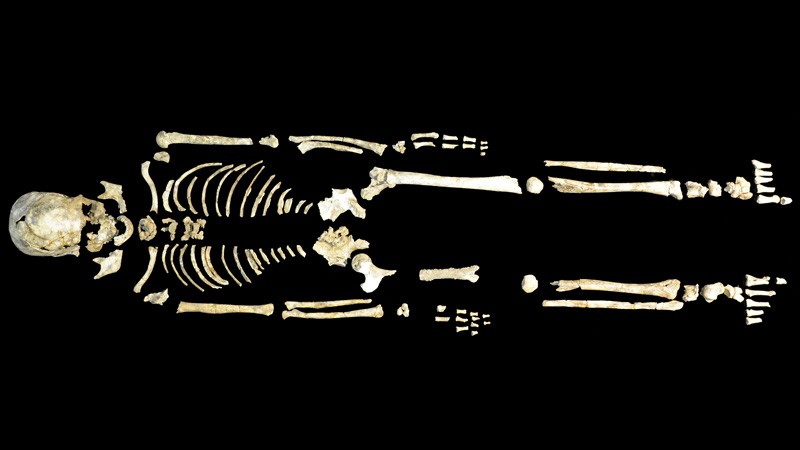
An 8,400-year-old skeleton from the Qihe cave archaeological site in Fujian, China.Credit: Xiujie Wu/Institute of Vertebrate Paleontology and Paleoanthropology
Ancient genomes unravel history of East Asia
The first large ancient-genome studies of East Asia suggest that many of its inhabitants descend from two once-distinct populations. Two research groups analysed dozens of genomes from individuals who lived in the region, including what is now China, between 9,500 and 300 years ago. The genomes show that the two populations remained separate for thousands of years, but over time they began interbreeding. This could solve the mystery of how farming spread through the region — it was adopted as farmers and hunter-gatherers mixed. That’s different from what happened in western Eurasia; ancient-genome studies have found that farmers with Middle Eastern ancestry largely replaced hunter-gatherers in Europe.
Nature | 5 min readReference: Science paper & bioRxiv preprint






















No hay comentarios:
Publicar un comentario